Key Takeaways
- Use natural sprays like peppermint oil, vinegar, or garlic water to repel wasps.
- Set up sugar water traps, lemon-clove combos, or paper bag decoys to deter wasps.
- Remove nests safely at dawn or dusk using protective gear and sprays.
- Prevent infestations by sealing entry points and trimming vegetation.
- Call pest control for large or persistent nests that are hard to reach.
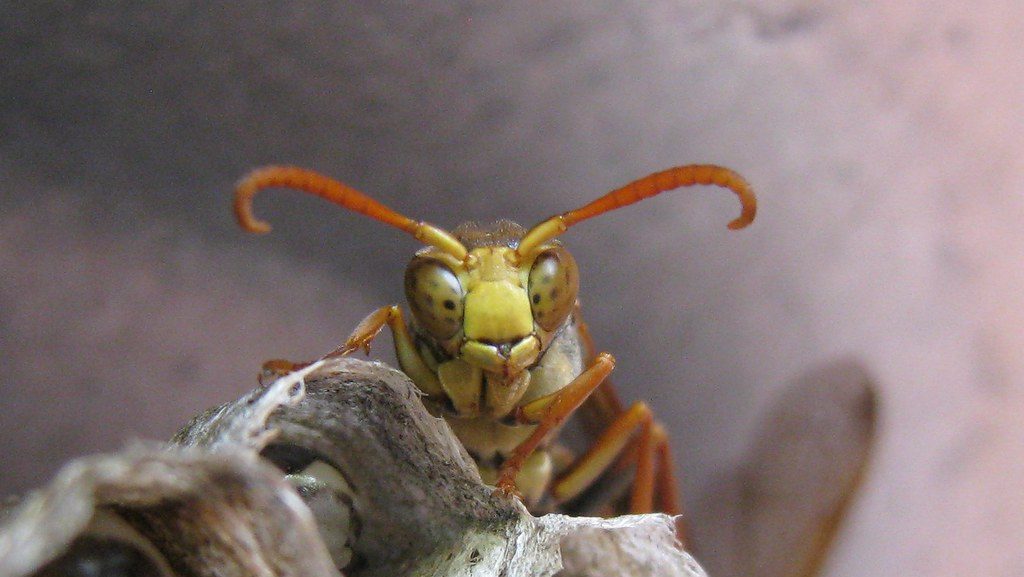 Paper wasps are common stinging insects that build papery nests in trees, eaves, and sheltered areas. While they play an ecological role by preying on pests, their presence near homes can pose risks, especially to those allergic to stings.
Paper wasps are common stinging insects that build papery nests in trees, eaves, and sheltered areas. While they play an ecological role by preying on pests, their presence near homes can pose risks, especially to those allergic to stings.
In this comprehensive guide, we’ll explore how to get rid of paper wasps, including effective techniques for paper wasp nest removal, natural and chemical solutions, and preventive strategies to ensure a wasp-free environment.
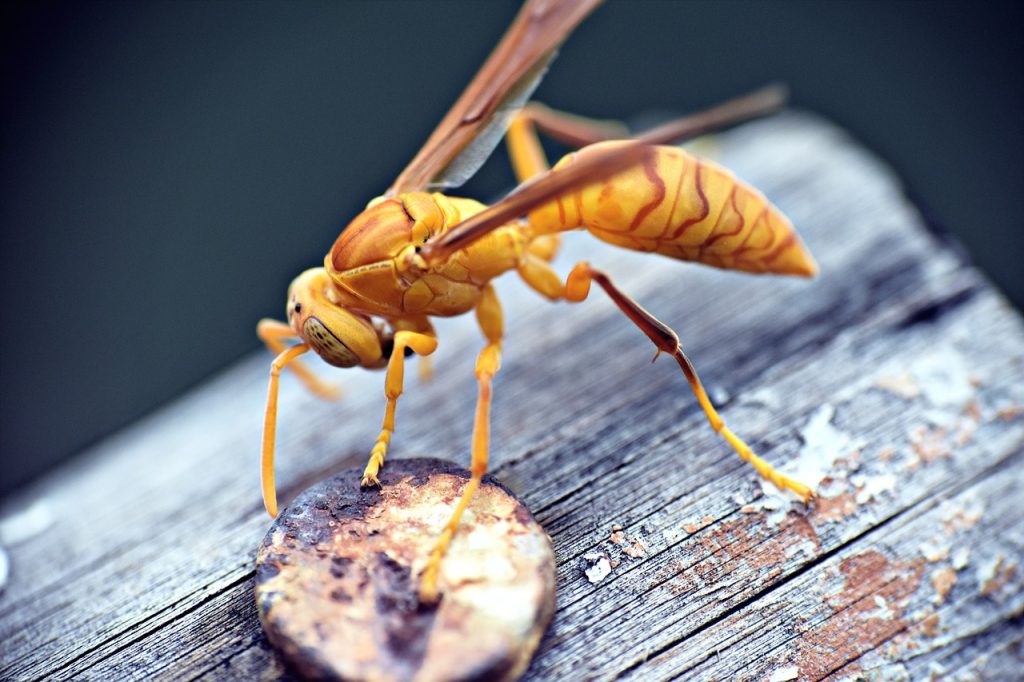

Not getting a solution?
Get your free pest control estimate today!Understanding Paper Wasps
Paper wasps are named for the papery nests they construct from chewed wood fibers mixed with their saliva. These insects belong to the Vespidae family, characterized by their long legs, slender bodies, and distinct flight patterns. Unlike other aggressive wasps like yellow jackets, paper wasps are generally non-aggressive unless their nests are disturbed.These wasps are beneficial in gardens as they feed on caterpillars and other pests. However, when they build nests near human activity, they can become a nuisance or a danger, particularly for individuals allergic to stings. Understanding their behavior, preferred habitats, and nesting patterns is crucial for safe and effective paper wasp removal.
DIY Recipes for Paper Wasp Removal
DIY methods can be an effective, cost-efficient solution if you’re wondering how to eliminate paper wasps. Here are a few detailed recipes to help manage and remove wasps naturally.1. Peppermint Oil Spray
Peppermint oil is one of the most effective natural repellents, as wasps hate its strong scent.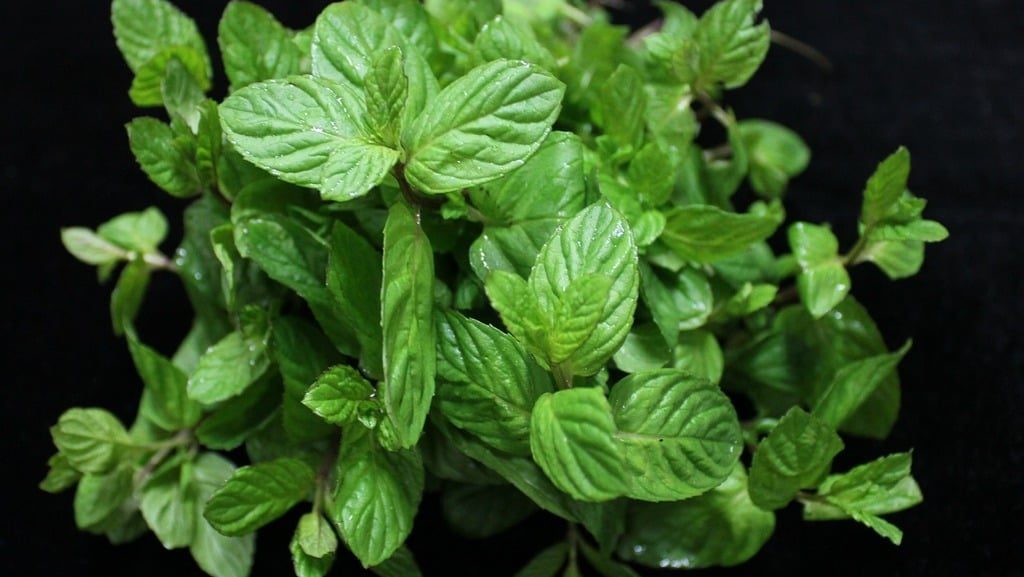
INGREDIENTS
-
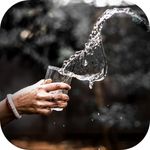 2 Cups of Water
2 Cups of Water
-
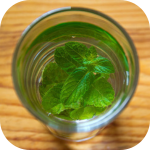 10-15 Drops of Peppermint Essential Oil
10-15 Drops of Peppermint Essential Oil
-
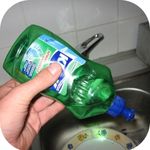 A Few Drops of Dish Soap
A Few Drops of Dish Soap
INSTRUCTIONS
1. Mix the Solution
- Combine water, peppermint oil, and dish soap in a spray bottle. Shake well and spray on nests, eaves, and wasp-prone areas. Reapply weekly or after rain to maintain effectiveness.
2. Vinegar and Water Solution
Vinegar works as a natural insecticide, killing wasps on contact and deterring their return.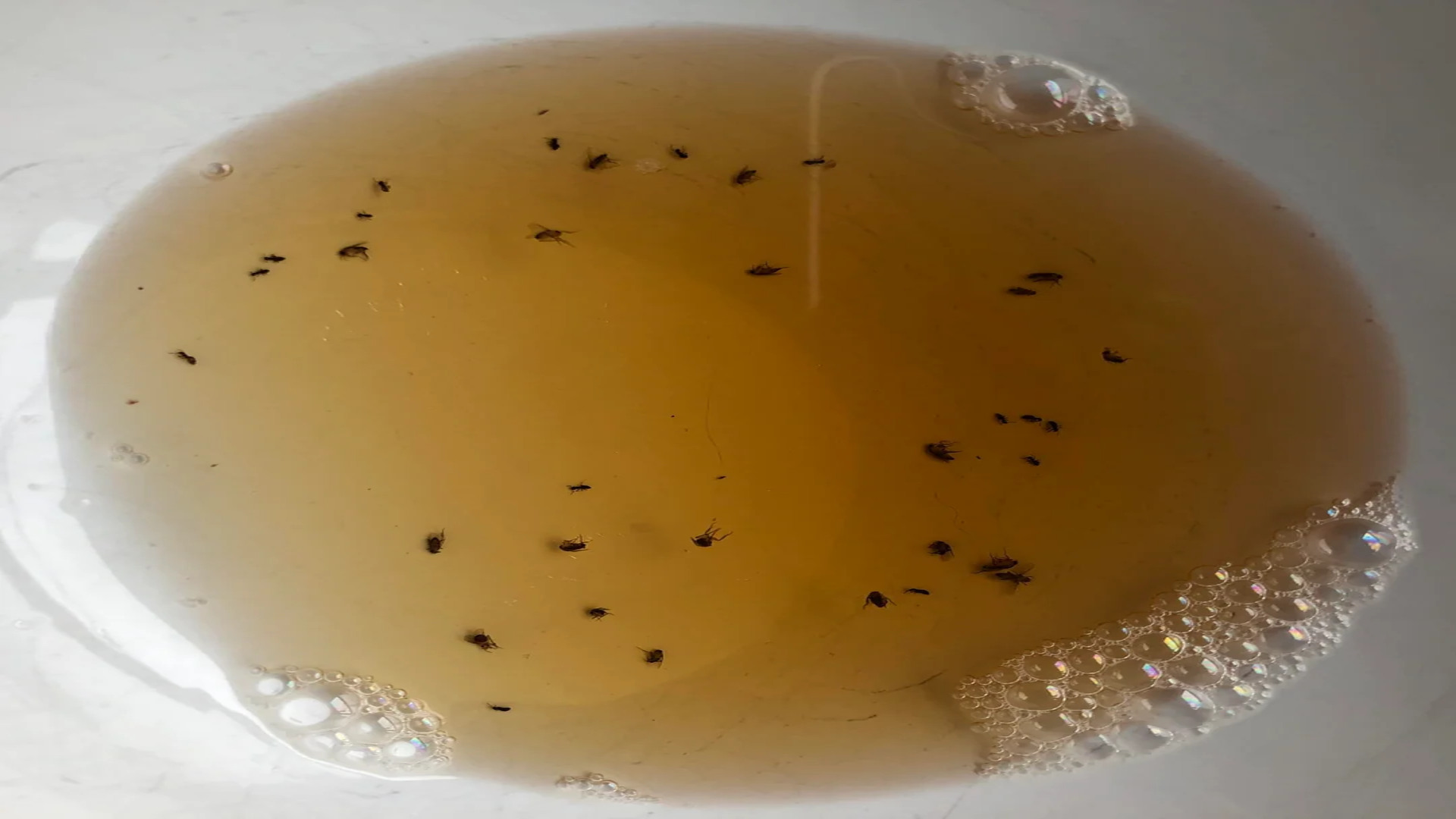
INGREDIENTS
-
 1 Cup of White Vinegar
1 Cup of White Vinegar
-
 1 Cup of Water
1 Cup of Water
INSTRUCTIONS
1. Prepare the Spray
- Mix equal parts vinegar and water in a spray bottle. Spray directly on visible wasps and nests. Repeat as needed for complete removal.
3. Soap and Water Spray
This simple solution suffocates wasps by breaking the surface tension of their exoskeletons.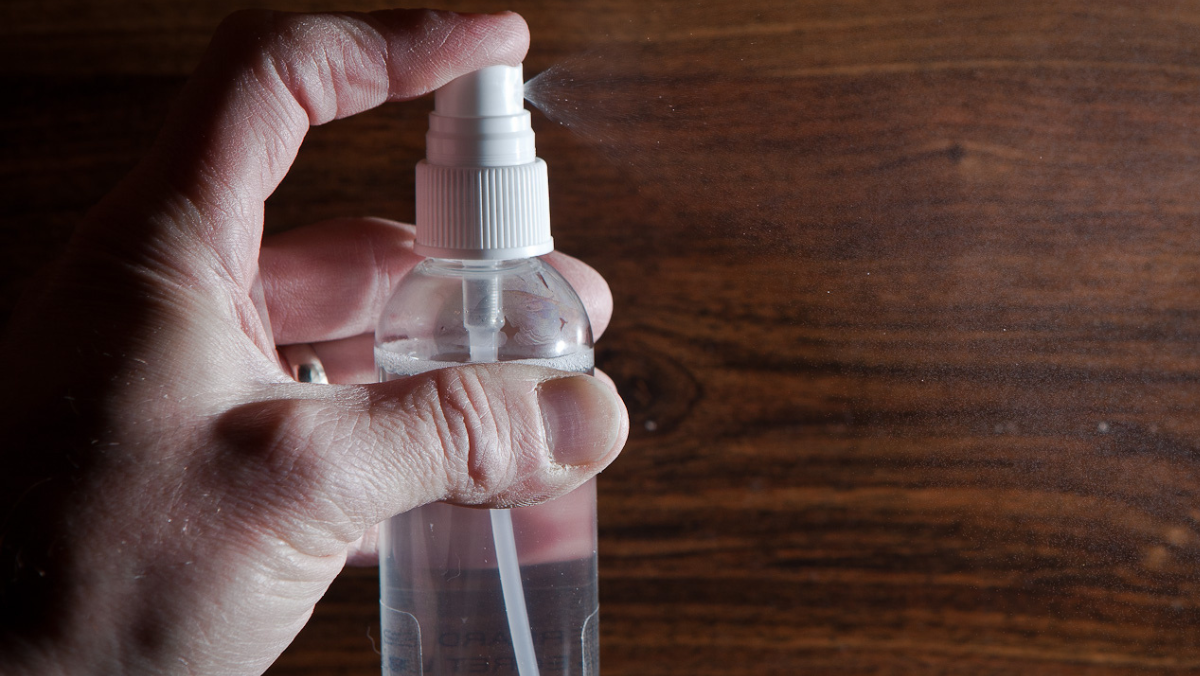
INGREDIENTS
-
 2 Tablespoons of Liquid Dish Soap
2 Tablespoons of Liquid Dish Soap
-
 1 Quart of Water
1 Quart of Water
INSTRUCTIONS
a. Create the Spray
- Combine dish soap and water in a spray bottle. Spray on nests in the early morning or late evening when wasps are less active. Monitor the nest and repeat as necessary.
4. Essential Oil Blend Spray
A mix of essential oils creates a potent repellent to keep wasps away.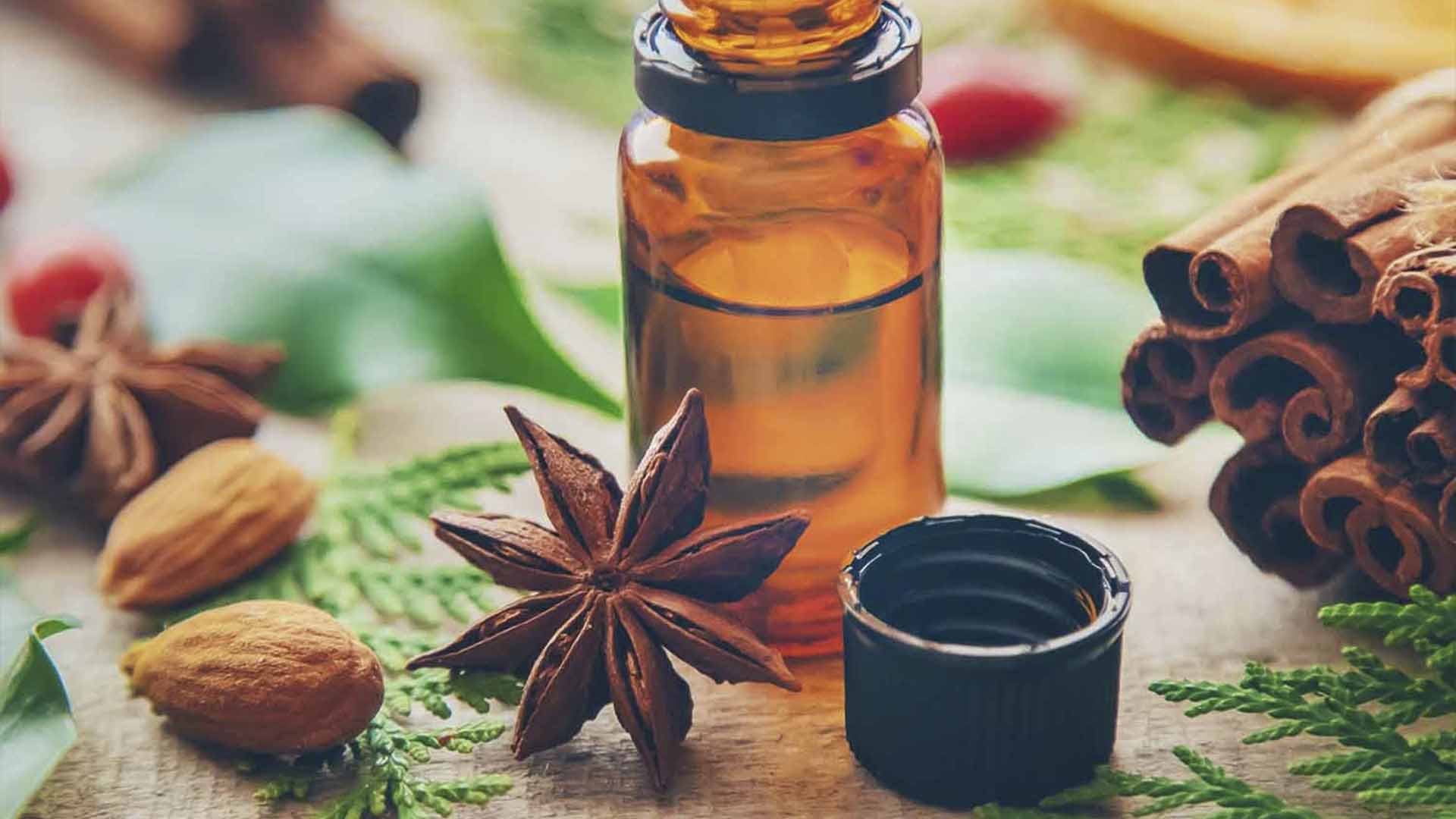
INGREDIENTS
-
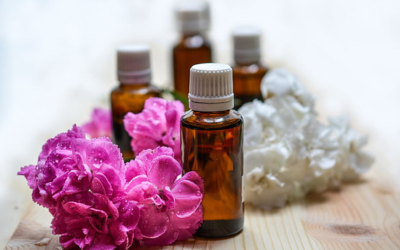 10 Drops Each of Peppermint, Clove, and Lemongrass Oils
10 Drops Each of Peppermint, Clove, and Lemongrass Oils
-
 2 Cups of Water
2 Cups of Water
-
 1 Teaspoon of Dish Soap
1 Teaspoon of Dish Soap
INSTRUCTIONS
a. Mix the Ingredients
- Combine all ingredients in a spray bottle. Shake well and spray on nests and high-activity areas. Apply weekly for continued protection.
5. Garlic Water Solution
Garlic’s pungent smell effectively repels wasps.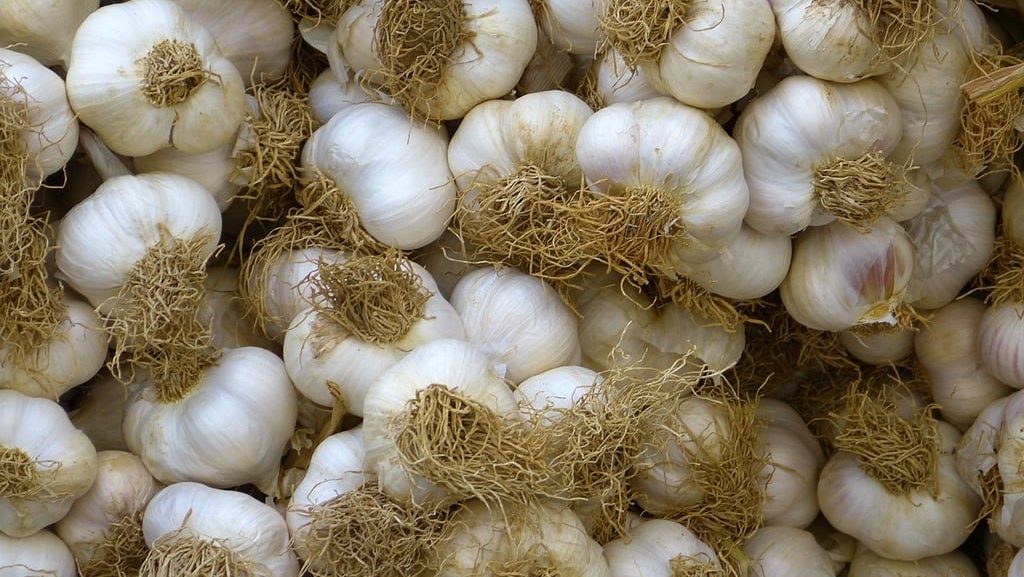
INGREDIENTS
-
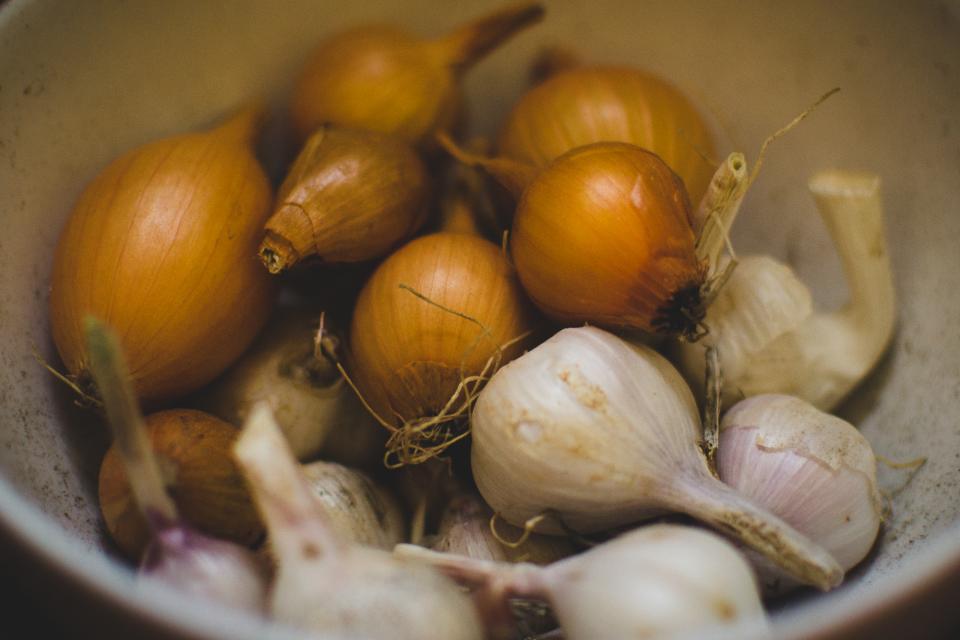 4 Crushed Garlic Cloves
4 Crushed Garlic Cloves
-
 1 Quart of Water
1 Quart of Water
INSTRUCTIONS
a. Prepare the Solution
- Soak crushed garlic in water overnight. Strain and pour the solution into a spray bottle. Spray around nests and high-activity areas.
6. Cucumber Peels
Cucumber peels naturally deter wasps due to their bitter compounds.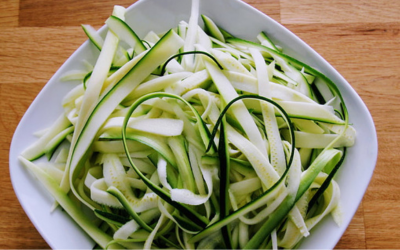
INSTRUCTIONS
a. Use Cucumber Peels
- Place fresh cucumber peels near nests or entry points. Replace weekly to maintain effectiveness.
7. Lemon and Clove Repellent
The combination of citrus and cloves is a natural wasp deterrent.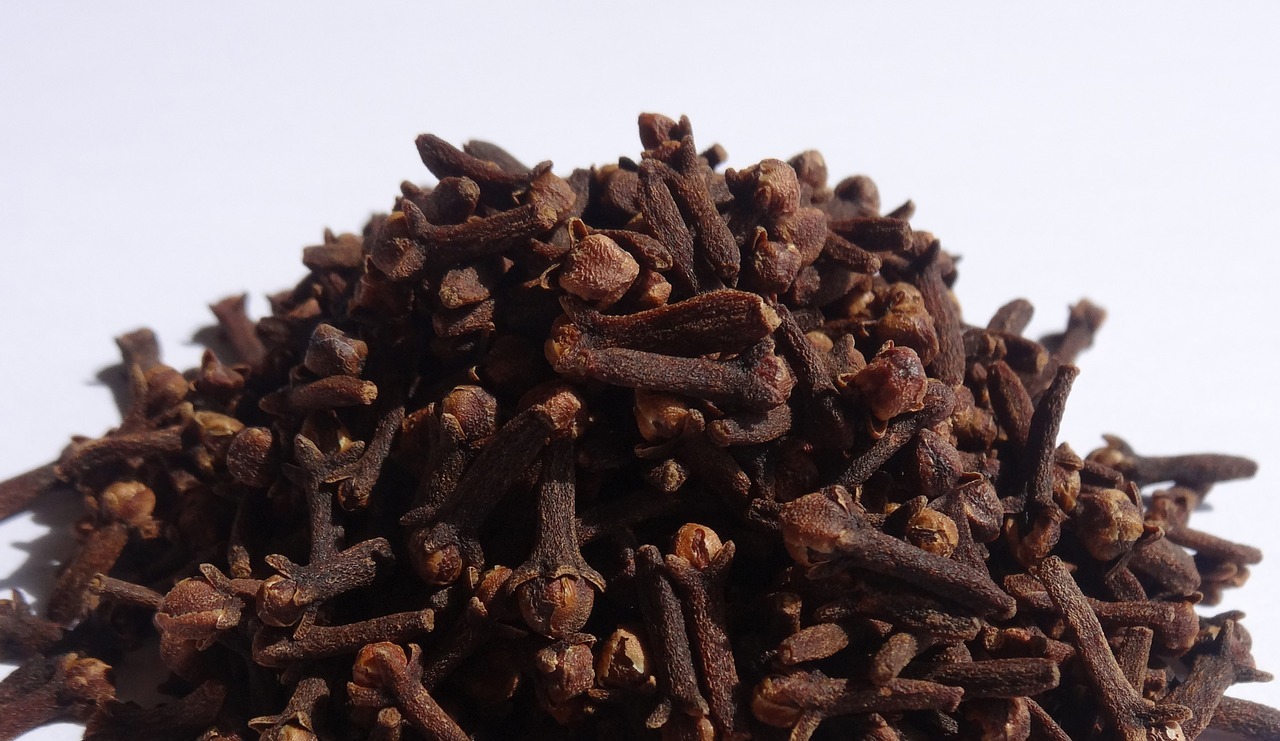
INGREDIENTS
-
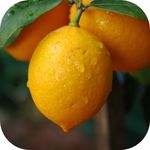 1 Lemon, Sliced
1 Lemon, Sliced
-
 10-15 Whole Cloves
10-15 Whole Cloves
INSTRUCTIONS
a. Prepare the Repellent
- Insert cloves into lemon slices. Place these slices near nests or windowsills to keep wasps away.
8. Sugar Water Trap
This trap attracts and drowns wasps, effectively reducing their population.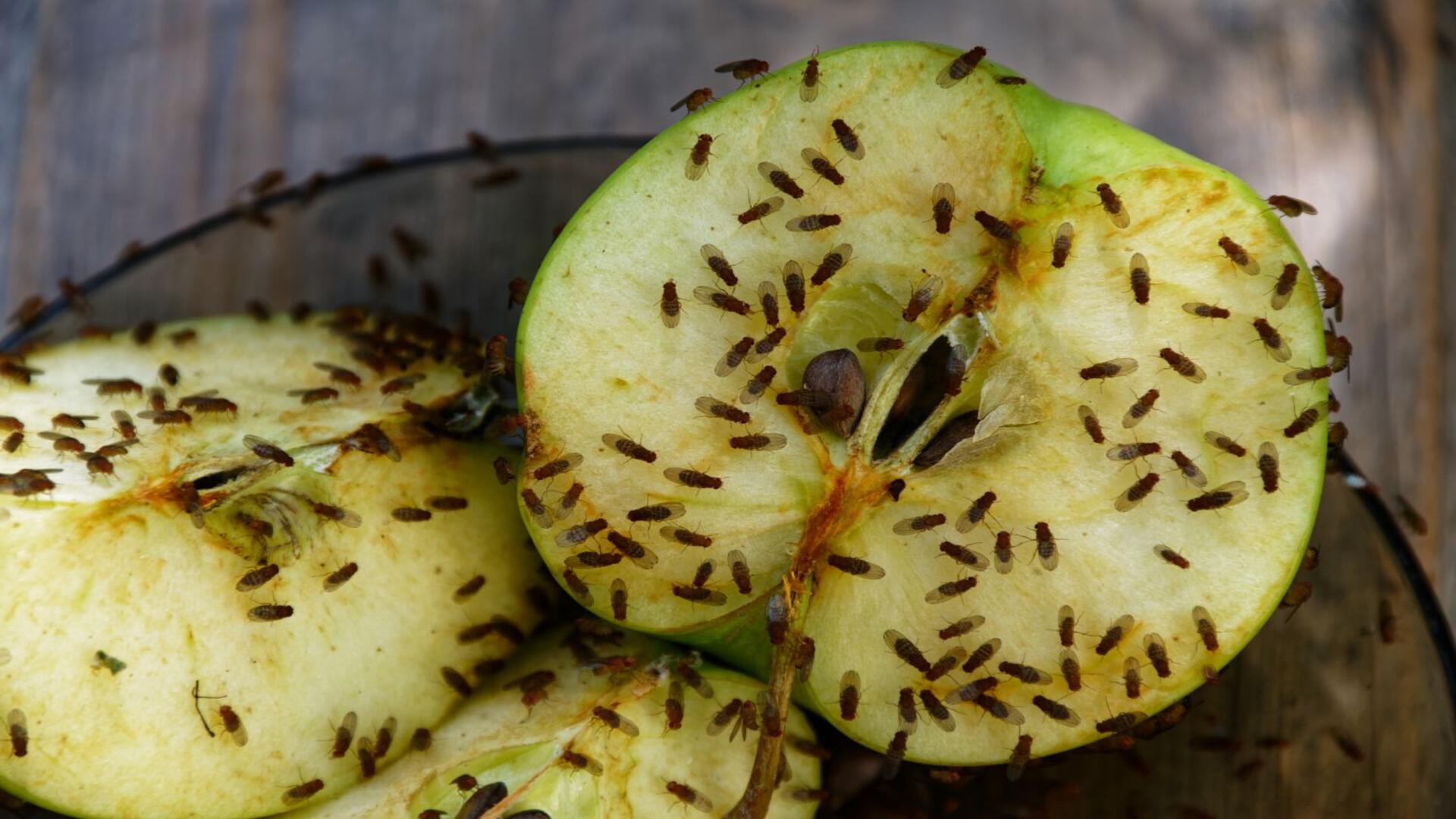
INGREDIENTS
-
 1 Cup of Water
1 Cup of Water
-
 2 Tablespoons of Sugar
2 Tablespoons of Sugar
-
 A Few Drops of Dish Soap
A Few Drops of Dish Soap
INSTRUCTIONS
a. Prepare the Trap
- Mix water, sugar, and dish soap in a bowl. Place the bowl near the nest to lure and trap wasps.
9. Coffee Grounds Smoke
Burning coffee grounds produces smoke that wasps find unpleasant.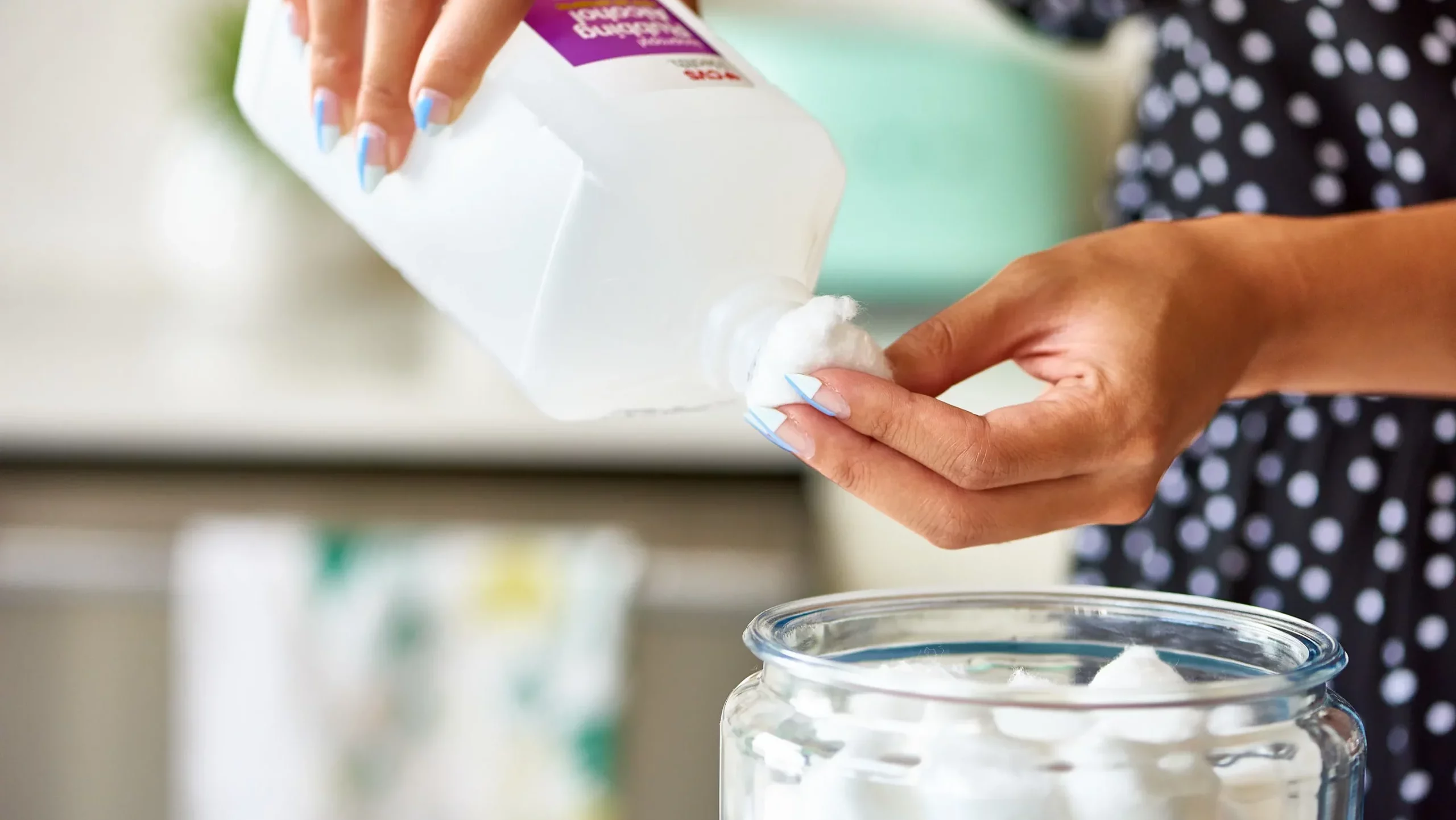
INGREDIENTS
-
 Used Coffee Grounds
Used Coffee Grounds
INSTRUCTIONS
a. Create the Smoke
- Place coffee grounds in a fire-safe container. Light the grounds to produce smoke near wasp nests. Repeat as needed to drive wasps away.
10. Paper Bag Decoy
Wasps avoid areas where other colonies exist, making this decoy effective.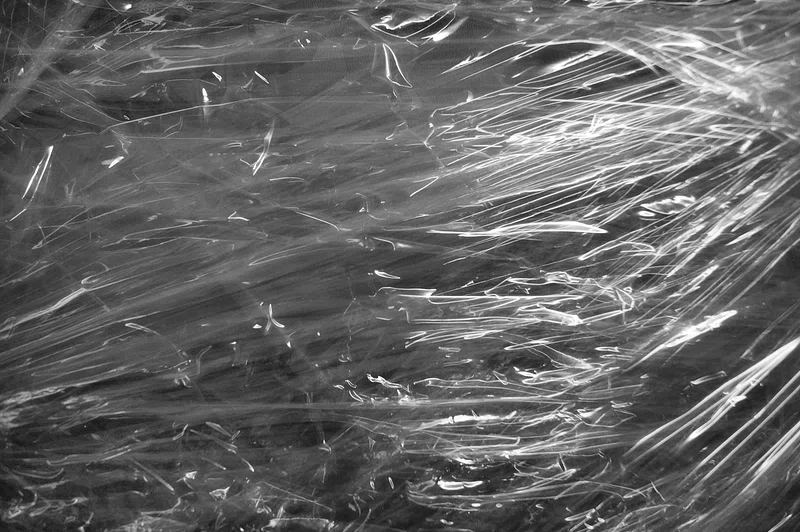
INGREDIENTS
-
 1 Paper Bag
1 Paper Bag
-
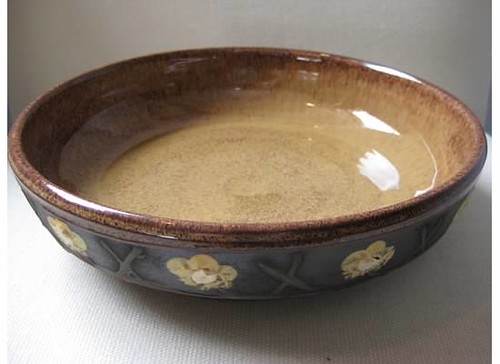 String
String
INSTRUCTIONS
a. Make the Decoy
- Inflate a paper bag to resemble a wasp nest. Tie it off and hang it near actual nests or potential nesting areas.
How to Get Rid of a Paper Wasp Nest
Successfully removing a paper wasp nest requires careful planning and safety precautions. Follow these steps:Steps for Safe Wasp Nest Removal
-
Plan the Timing: Early morning or late evening is ideal, as wasps are less active during these times.
-
Wear Protective Gear: Cover your body with thick clothing, gloves, and goggles to avoid stings.
-
Spray the Nest: Use a DIY spray or a commercial wasp spray to saturate the nest.
-
Wait and Observe: Allow a few hours for the spray to take effect.
-
Remove the Nest: Carefully knock the nest down using a long stick or pole.
-
Dispose of the Nest: Seal the nest in plastic.
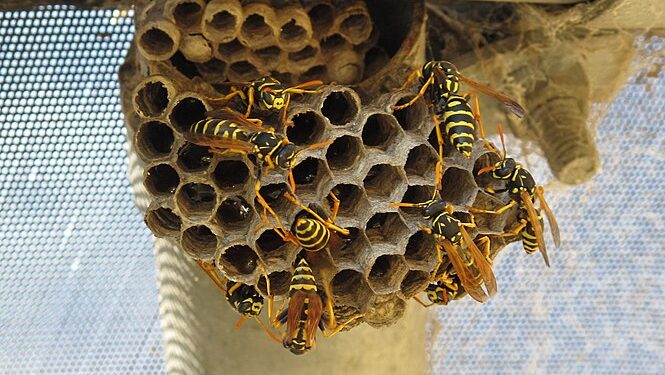
Why Paper Wasps Build Nests Near Homes
Paper wasps are naturally drawn to environments that provide shelter, building materials, and food. The reasons they may establish a paper wasp nest in a tree, roof, or other parts of your home include:Factors Influencing Wasp Nest Locations
-
Sheltered Locations: Wasp nests are often built in protected areas like eaves, attics, wall voids, or tree branches. These locations shield the nest from wind, rain, and predators.
-
Proximity to Food Sources: Paper wasps feed on nectar, fruit, and small insects. A garden with flowering plants or fruit trees provides an abundant food supply.
-
Availability of Building Materials: Wood fibers, used for constructing nests, are often sourced from fences, decks, or wooden structures.
-
Warmth and Security: Sheltered spaces provide the warmth and safety needed to support their colonies, particularly during the nesting season.
What are the Signs of a Paper Wasp Infestation?
Detecting paper wasps early can help prevent a full-blown infestation. Below are the most common signs to watch for:Signs of a Wasp Nest
-
Visible Nests: These nests are umbrella-shaped, papery structures often hanging from branches, under eaves, or on ceilings.
-
Frequent Wasp Sightings: Wasps flying in and out of a specific area often signal the presence of a nest nearby.
-
Buzzing Sounds: A consistent buzzing noise near wall voids, attics, or outdoor structures could indicate wasp activity.
-
Increased Aggression: Wasps become more aggressive as their colony grows, especially when they perceive threats near their nests.
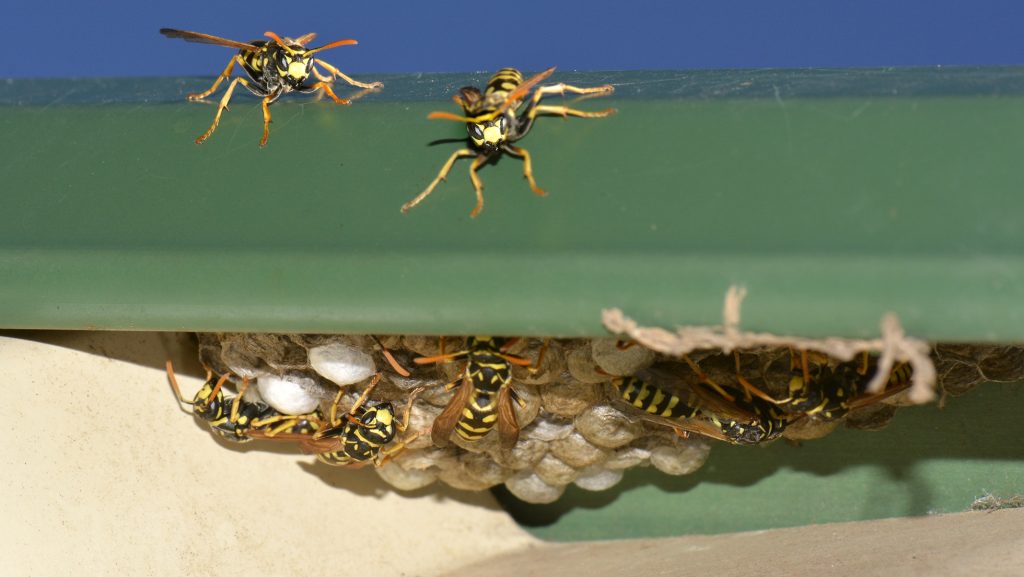
Preventing Paper Wasp Infestations
Prevention is key to keeping paper wasps from returning. Here’s how:Tips to Prevent Wasp Infestations
-
Seal Entry Points: Use caulk or weatherstripping to block cracks, crevices, and other entry points.
-
Maintain Your Yard: Trim overgrown trees, bushes, and vegetation that provide shelter for wasps.
-
Remove Old Nests: Wasps often reuse old nesting sites. Removing these reduces the likelihood of new nests forming.
-
Use Peppermint Spray: Regularly apply peppermint oil solutions to areas where wasps may build nests, as wasps hate peppermint.
-
Eliminate Food Sources: Keep trash bins sealed and remove fallen fruits or food scraps from your yard.





